Do Not Resuscitate /
Urban Exploration Photography
D.N.R

Runwell Hospital.
Previous home to a doctors collection of brains....
That exeeded over 8000...
Information

Before we get into the history of the location itself, lets start talking about them brains....
When a Runwell patient died, a post mortem was almost always carried out. Instead of disposing of the brains after he had examined them, Dr Corsellis retained those that were of diagnostic interest. This led to Professor Corsellis developing the largest ‘brain bank’ in the world to aid understanding and research into mental illness and subnormality.
Brain collection began slowly; for several years almost all specimens were from Runwell patients, although a few neurological cases were received from nearby Southend General Hospital. Later Dr Corsellis' research into epilepsy brought referral brains from Epileptic Colonies and over three hundred epilepsy surgery specimens from the Maudsley Hospital.
From 1969 Runwell also provided a post mortem service for South Ockenden Subnormality Hospital.
Referrals came mainly from the South East, but in later years brains from all over the country were referred for his opinion. Brains that exhibited unusual features, were added to the collection.
He amassed a huge collection of brains - 8,000 in all.
More than 1,000 came from patients from Runwell and form a unique sub-collection of brains from the mentally ill.
Others were taken from patients with senile dementia, head injuries, brain tumours, Alzheimer’s, Parkinson’s and CJD.
This collection contributed enormously to the understanding of brain disease. The Corsellis collection was used, for example, to demonstrate how boxers become “punch-drunk”, the condition known as Dementia pugilistica.
After Professor Corsellis died in 1994, the collection continued under the leadership of his colleague, Dr Clive Bruton. When Dr Bruton died in 1996 the collection was closed.
It was subsequently transferred to the West London Mental Health NHS Trust in 1997.
The collection is now stored at St Bernard’s Hospital in Ealing, West London.

On with the history....
Following the ending of contracts accommodating patients at the Essex County Council's Brentwood mental hospital, joint facilities were developed between East Ham and Southend-on-Sea boroughs. A site was chosen at Runwell Hall Farm, to the east of the town of Wickford and the firm of Elcock and Sutcliffe were chosen as architects to the site, the former having previously designed the new Bethlem Royal Hospital at Monks Orchard. Elcock and Sutcliffe were at the forefront of institutional design and when completed, Runwell was seen as being pioneering development in mental hospital compared to its contemporaries. The hospital opened in June 1937.
The hospital was divided into specific zones according to purpose and type of patient. Staff housing was located close to or outside of the main entrance, with the most senior residences and nurse's home located on the main drive. The chapel, dedicated to St. Luke was placed at the principal junction at the top of the drive - to its east lay admission, research, treatment convalescence and neurosis blocks. The main buildings were laid out to the west: villas for working patients, pavilions for the infirm, administrative buildings, recreation hall, kitchens, and stores blocks providing segregation of male and female blocks. Workshops were provided on either side for the employment of capable patients. To the rear a combined power house and water tower provided a central focal point, with the laundry constructed on the female side. Parole villas were built at the northernmost areas behind the main ranges, providing a degree of freedom to suitable occupants. A large sick hospital was provided directly opposite the administrative block, combining wards for physically sick patients, those with tuberculosis, an operating theatre and staff sick bay. Finally, farthest west, Boundary House, a large block for disruptive chronic patients was built, providing two male wards, four female wards and a separate dining hall. The former farm was relocated to the north of the main site.
Unlike others of its kind, Runwell utilised names for all villas and wards from the start, instead of numbers and letters used elsewhere until the 1960s and 70's, giving each structure a more homely identity. White with grey brick banding, rendering and variation between flat and pitched roofs were used to identify buildings and prevent a bland functional appearance overall by providing variety.
Following World War II, Runwell came under the control of the National Health Service, who continued pioneering research work at the hospital. New developments included the Strom Olsen ward, adjacent to the female admission unit, and named after a former superintendent, and a combined occupational therapy and research laboratory block. Investigations under Professor Corsellis led to the development of a 'brain bank', the largest of its kind and instrumental in researching changes to the brain in mental illness and subnormality.
Under sectorisation and realignment of catchment areas, Runwell's historical role in providing for East Ham diminished and services became concentrated on the south east Essex area, resulting in strong links with mental health services at Southend Municipal Hospital, later Rochford Hospital. With the threat of closure and development of Care in the Community, services were streamlined between Runwell and Rochford sites, the laboratories and peripheral buildings closing.